By Karen Blackwood
There is a “rush” that comes from painting in front of your subject, whether it is a figure, still life or the outdoors landscape/seascape that one cannot experience in the studio. While I love the experience en plein air, I do most of my larger seascape and landscape paintings in the studio.
Plein air painting, to me, is “information gathering.” I feel I could not do studio work that is “alive with the spirit” of the place without the direct observation of plein air. On-site observing gives me the smell, sight, and sound of the scene, which gets logged into my memory and used in my studio work. I choose to use low-level printouts of my scene for reference, so that I am not tempted to duplicate the photo and instead can resource my memory of the scene to make artistic choices that reinforce what moved me to paint it.
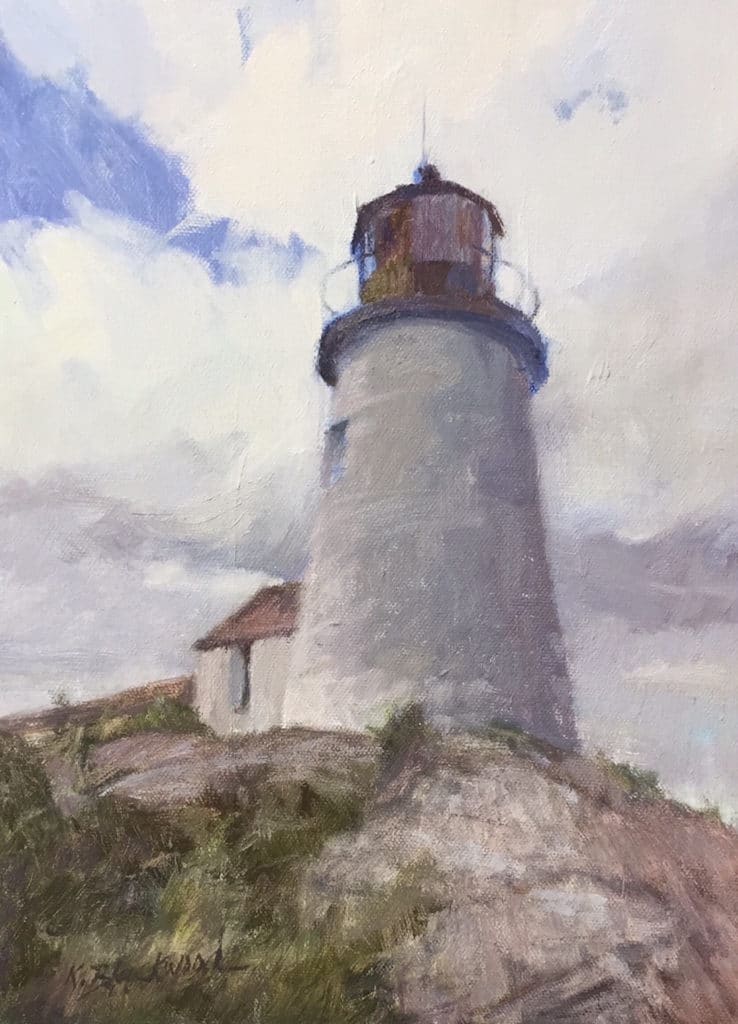
My plein air studies are used as a source for true color, atmosphere, energy, and memory. Some get finished in my studio, and some I keep unfinished to inspire and inform my larger work. While many artist use their plein air studies to duplicate for larger versions, I do not. My plein air studies are never repeated. The excitement and feeling I have for a particular scene/painting is finished with that painting. That doesn’t mean I don’t do a larger piece of something else from that scene that excites me, but I can’t get myself to repeat the same painting, even if it’s a different size. In both plein air and studio, I work out my ideas in a black and white pencil sketch that focuses on the value and design of the scene. If I did a painted color study, I’m afraid that would end up being the only painting (although I have done watercolor sketches!).
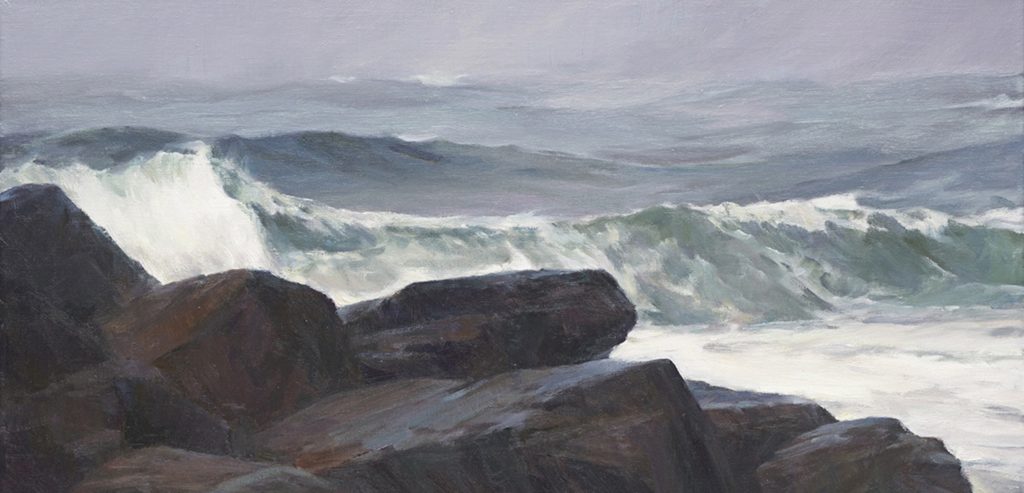
There is a magical element in taking a blank canvas and creating an image that does the trick of communicating my feelings about a scene. To repeat that same “trick,” for me, would take the magic out of it.
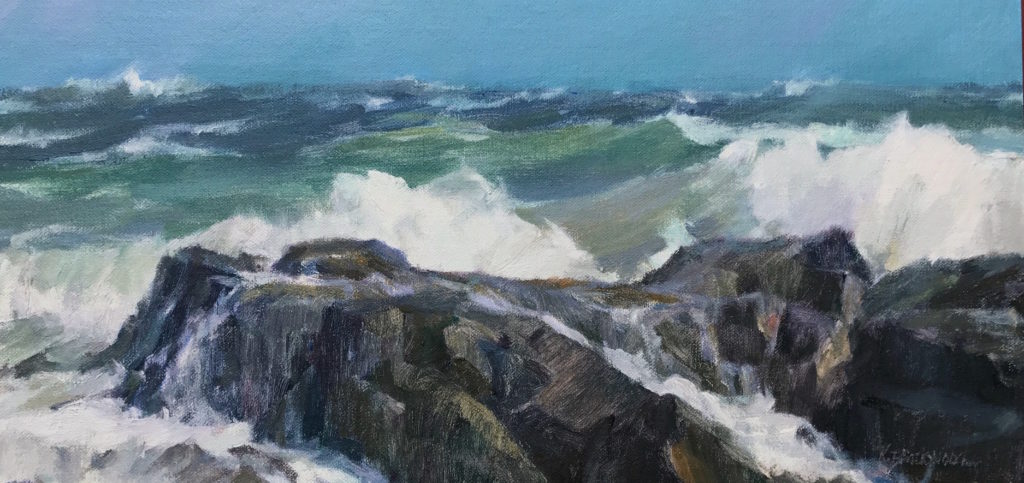
Recently, a couple of artist friends, Todd Bonita and Frank Hyer, and I went out to Rye, New Hampshire, to paint some heavy surf along the coast. We were so immersed that I didn’t notice I was painting feet away from a gutted seal that had washed up on the rocky shore. I also barely noticed that it had begun raining and had gotten chillier by the minute. The plein air piece I got from that morning was finished in the studio with minor adjustments because the truth of that day was best left untouched.
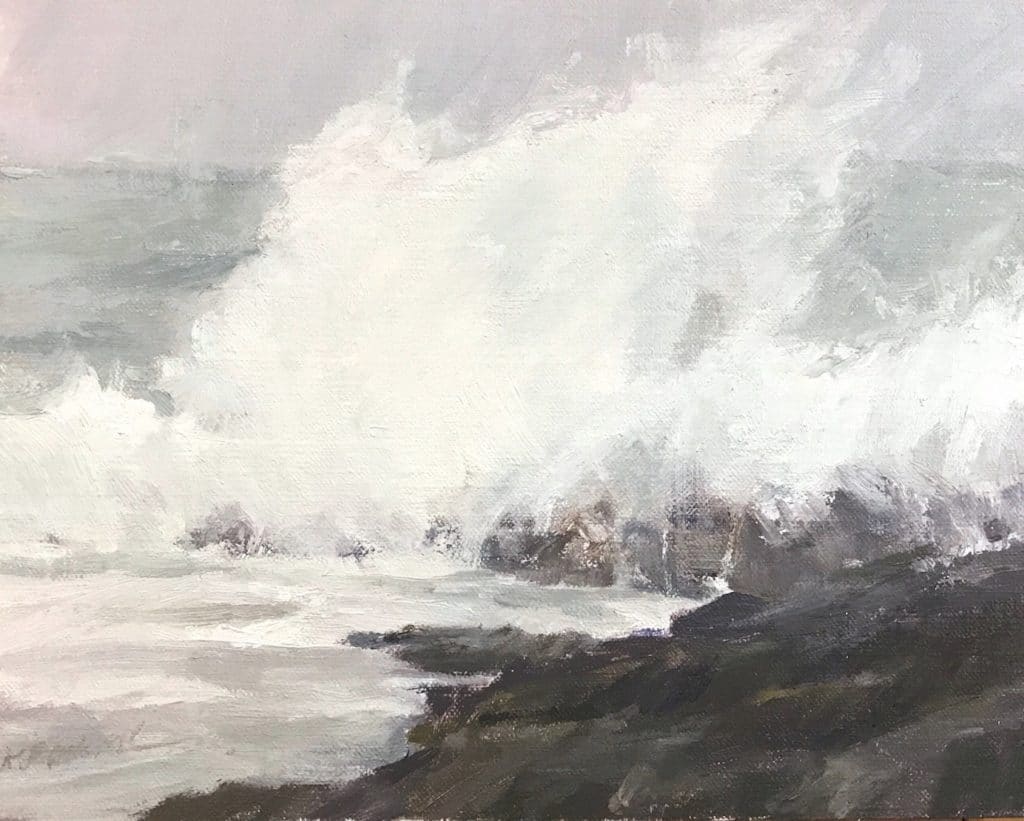
But I’m not a purist about how much time should or should not be put into my plein air paintings or if it needs to be painted entirely outdoors in front of my subject (unless I am in a plein air or wet paint event that requires a piece be finished on site in a given amount of time). For me it is all about the painting. If a piece needs to be adjusted to get the best painting, that’s what I prefer to do. I would never purposely want to leave a mistake in a painting just because some “rule” states that I must. A quick-draw event is definitely not for me. Rules are not for me.
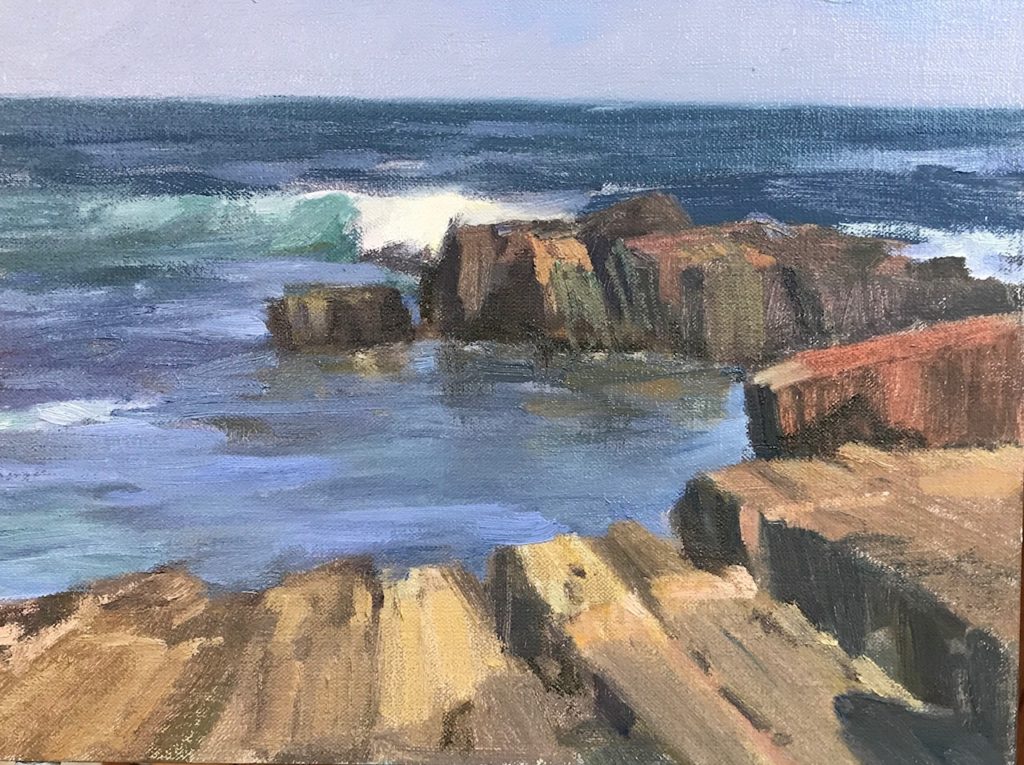
One of the downfalls of the plein air events and plein air purists is that, to me, it sometimes feels like one loses the true goal of attaining the best quality of work.
There is a lot of debate on what even constitutes true plein air work. Plein air groups differ greatly on the amount of time spent outdoors necessary for a painting to qualify as a true plein air painting. Some say 90 percent, and some go as low as 60 percent. I am more concerned about the end result of the painting and whether it expresses what it is I am trying to say to the best I can say it. I enjoy going to wet paint events and have sold paintings “as is.”
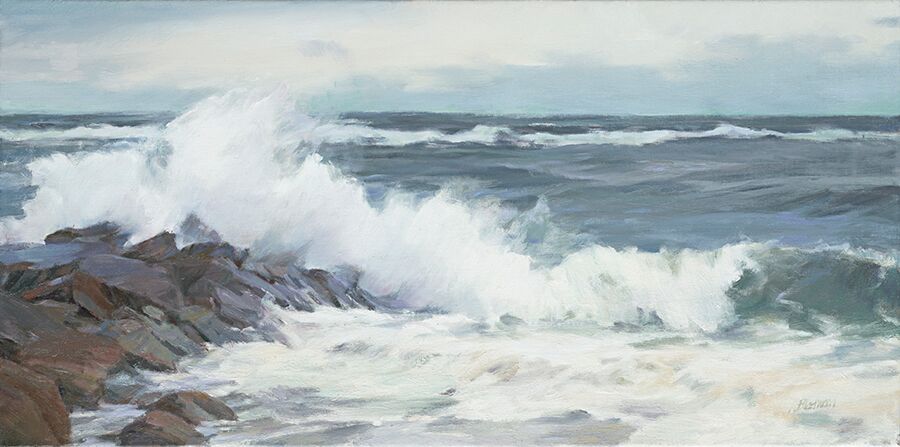
When I know that is my goal, I can have fun with it and let my painting go as-is, but for my larger body of work, I need the contemplative time available to me in my studio. I like to sit with a painting separate from the scene to look at it as a piece of fine art and respond to what the painting tells me it needs. The internal communing with the piece is a valued part of my process. But the time spent en plein air is a vital part of my growth in the studio. In the end, if the painting works, it works.
To learn more, visit Karen Blackwood.
This article was featured in PleinAir Today, a weekly e-newsletter from PleinAir magazine. To start receiving PleinAir Today for free, click here.

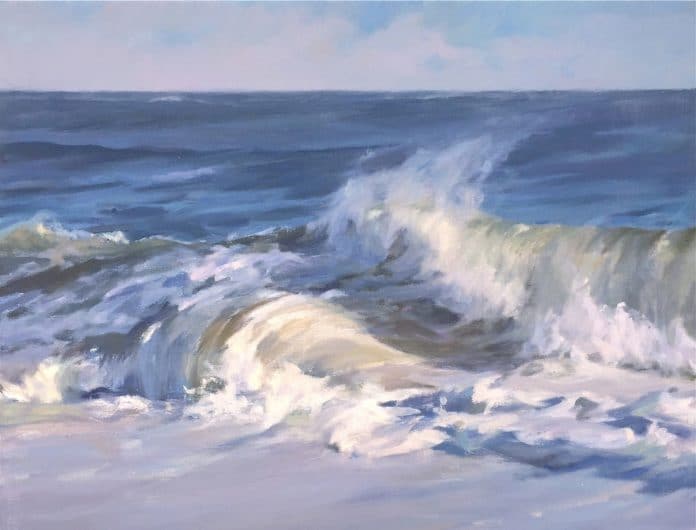
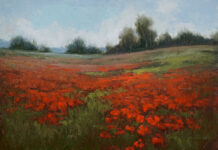
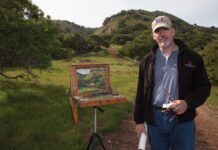
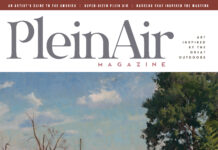
I enjoy these articles, but can you all please get rid of those annoying ‘more stories’ pop-ups that occur as you scroll down the page? Yes I know I’m just being cranky. (smiley face)
Thanks,
JR
I happen to like the ‘more stories pop up’ ….I’d miss a lot of good articles if I didn’t see it. Thanks for all you do to help us artist. 🙂